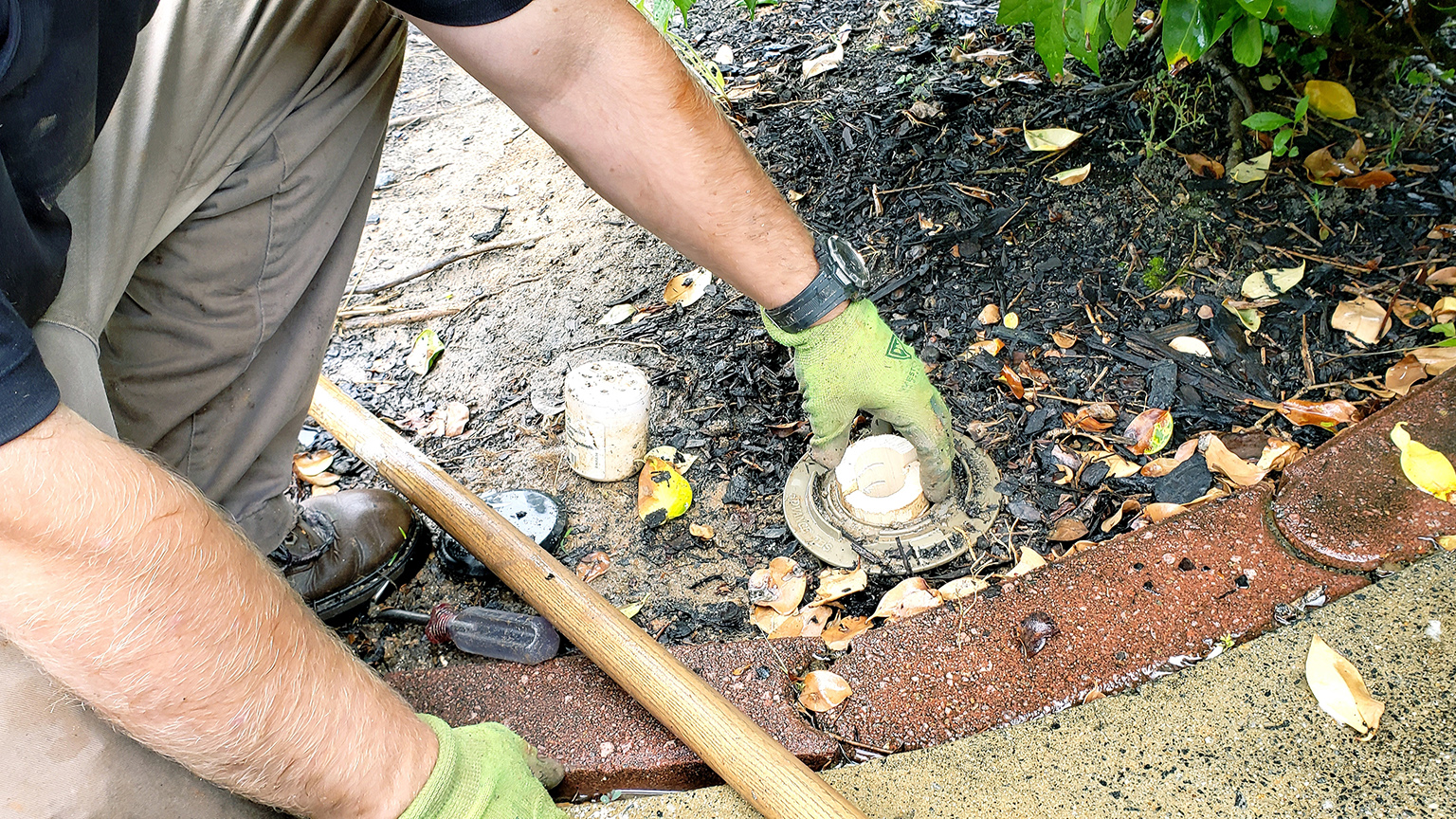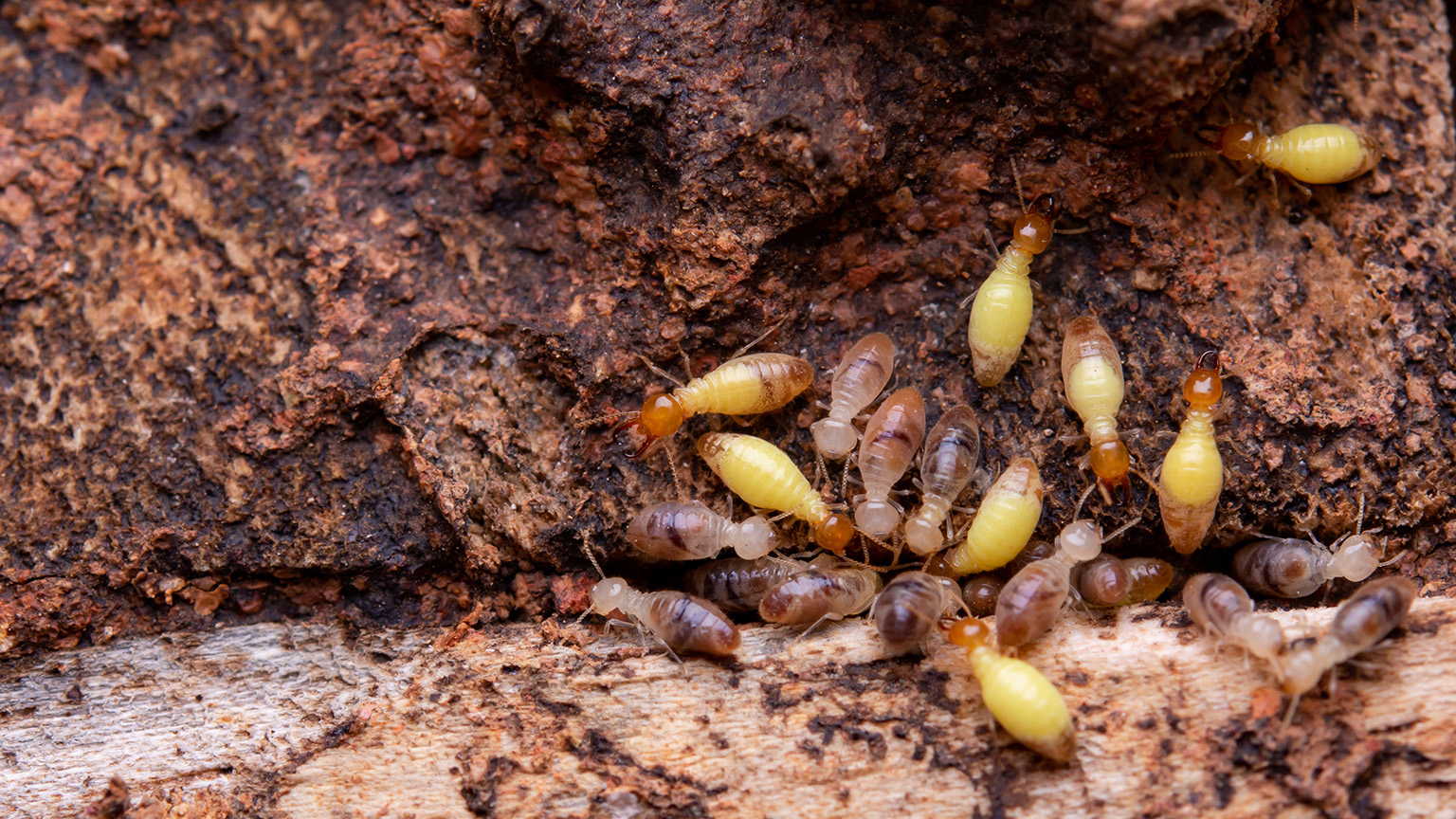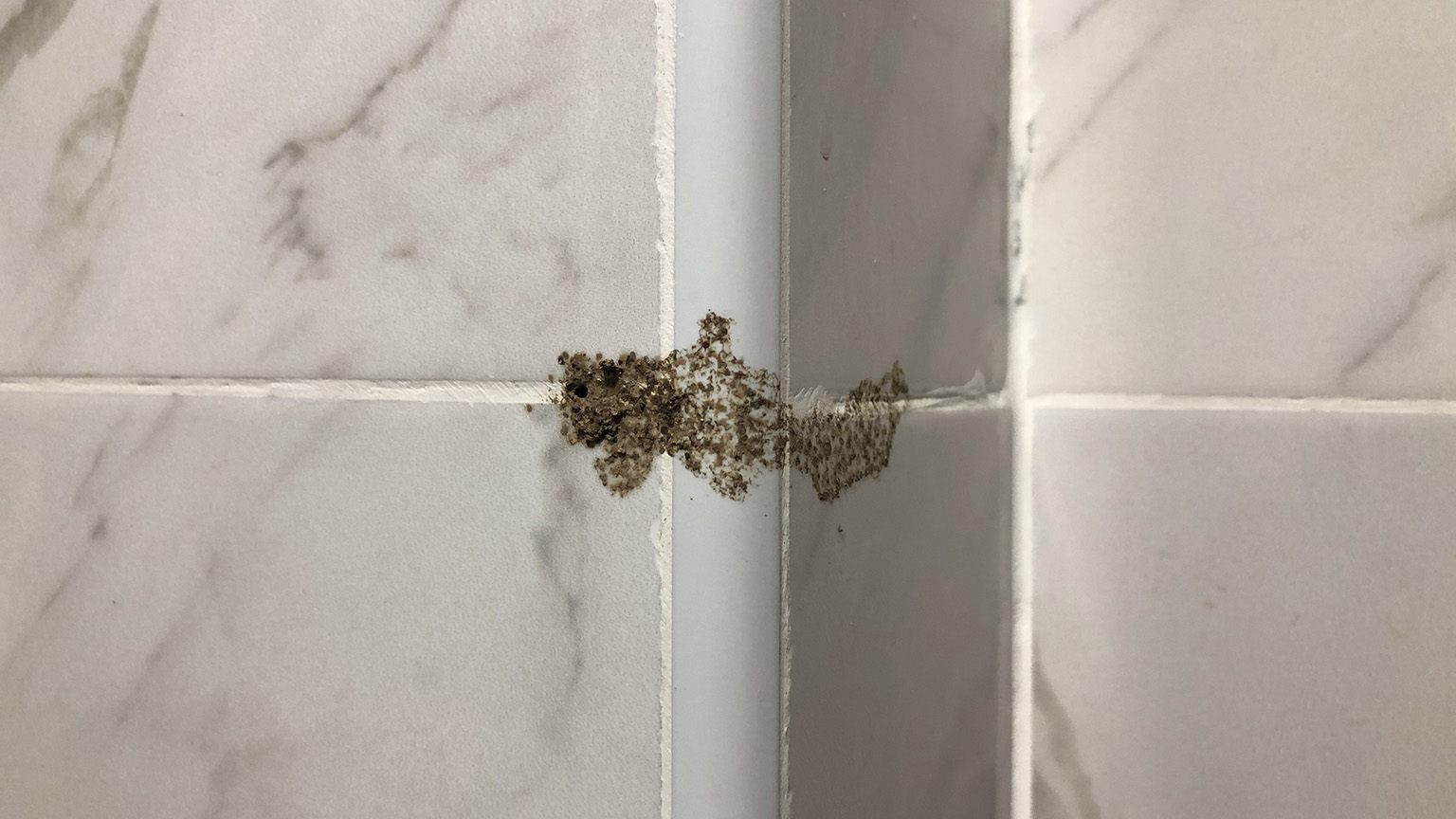Updated: March 6, 2024
There are over 300 species of termites in Australia, which are too many to list here! Here are the most common Australian termite species encountered by homeowners:
- Mastotermes (or Giant Termite)
- Cryptotermes (or West Indian Dry-Wood Termite)
- Neotermes (or Ring-Ant Termite)
- Porotermes (or Dampwood Termite)
- Heterotermes
- Coptotermes
- Schedorhinotermes
- Microcerotermes
- Amitetermes (or Compass Termite)
- Nasutitermes
It can be difficult, even for top pest specialists, to identify the types of termites. It’s important that if you see any sign of termites, contact us immediately for a thorough termite inspection!
Australian Termite Identification Chart
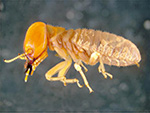
Mastotermes (or Giant Termite)
This species is found north of the Tropic of Capricorn, but avoids areas of high rainfall. It is the most destructive of all termites in Australia. It will attack any wood in contact with the ground, including shrubs and trees. This termite often creates subterranean nests in the bases of trees. Female termites can leave the original colony and create her own sub colony in nearby areas. This can be a problem if the original larger colony was treated, but smaller sub colonies were not.

Cryptotermes (or West Indian Dry-Wood Termite)
This termite is the most common wide-spread termite. They survive off small pieces of timber and have low water requirements. Damage by these termites is difficult to detect, as no outward signs are present until the structure collapses.

Neotermes (or Ring-Ant Termite)
This termite is often found in trees and rarely in structural buildings. However, they can be found in homes around woodwork that has been soaked in water (e.g. below a leaking tap).
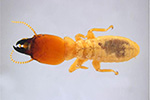
Porotermes (or Dampwood Termite)
These termite will attack wooden structures that are in contact with soil (e.g. fence posts, weatherboards, and telephone poles). They require damp and decaying wood to initiate an attack, therefore older homes which are damaged by poor plumping are at risk.

Heterotermes
Weathered flooring such as timber decking and fencing is the favoured food source of this termite. Although this termite is widely distributed across Australia, damage is not severe due to small colony sizes.
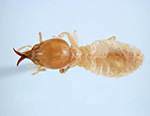
Coptotermes
This termite is found all across Australia and has destructive eating patterns. They are often found inside buildings eating the wooden foundational structures. This termite will use tree stumps, walls, and patios as mounds to house their colony. These termite colony numbers are extensive (over a million), and they will hunt for food up to 50 metres from their nest using underground tunnelling systems.
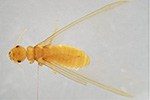
Schedorhinotermes
This termite is subterranean; nesting in trees, patios and tree stumps. It has also commonly been found nesting in the ground below fireplace foundations to keep warm. Extensive damage to housing can occur if this termite finds food sources within your home.
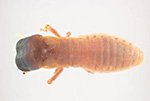
Microcerotermes
This termite is located in coastal Queensland. It builds arboreal nests on posts and can create mounds both under and above ground.
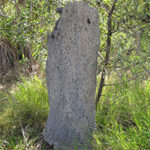
Amitetermes (or Compass Termite)
This termite is well known in Darwin as they create the characteristic nests reaching heights of 3-4 metres above ground. These nests have sophisticated temperature control.
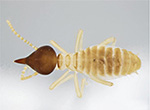
Nasutitermes
Although this termite feeds mainly on decaying wood, some of its close relatives only eat grass and debris and are therefore not a risk to the family home. They will however enter homes that have extensive decay of wooden structures due to poor ventilation and plumbing. They will further erode the structure making replacement necessary.
Where Can I Find Termites In or Around My Home?
Termites live in five main types of nests in Australia:
If you’ve noticed any of the nests listed above in or around your home, contact our team today to book a termite inspection.
Ground Mounds
Normally seen in the Northern Territory, they are built to create a constant temperature of 30-36 degrees and a humidity of 100%. This is because the soft outer shell of a termite will disintegrate in dry conditions.
Arboreal Mounds (Tree Nests)
Tree mounds are created inside the hollow casing of a tree. This creates an abundant supply of food and is well drained from moisture.
Pole Nests
Often found in the central coast of New South Wales, these nests are found above fence posts and telephone poles.
Subterranean Nests
Can be located at the base of a tree, which can weaken the structures and cause the tree to collapse. These nests can also be established within the home itself. Either way, if your home is the Termites’ food source, the structural integrity of your home will be compromised over time.
Tree Wood Nests
Located in the softer rings of trees. Termites who live in tree wood are often referred to as ‘ring ants’. They can also be found in dead tree stumps.
The bottom line is, termites are awful! To protect your home and property, be sure to book regular termite inspections.
